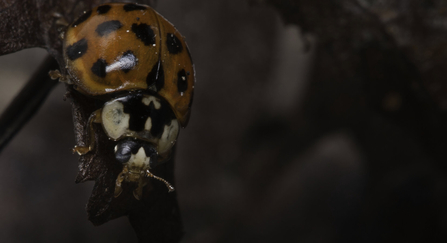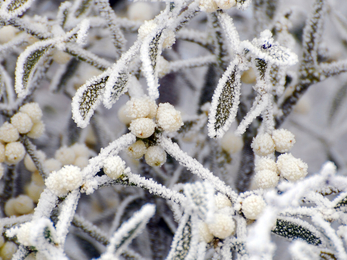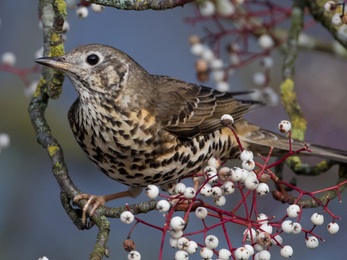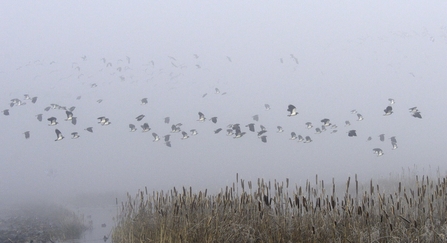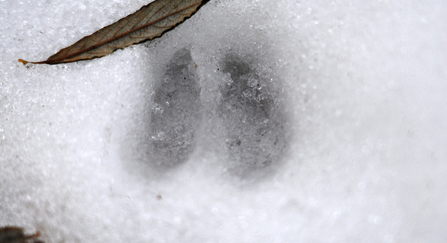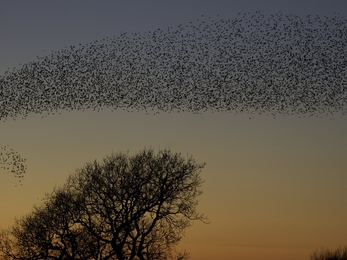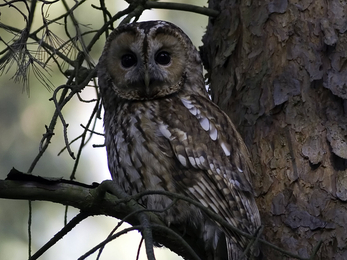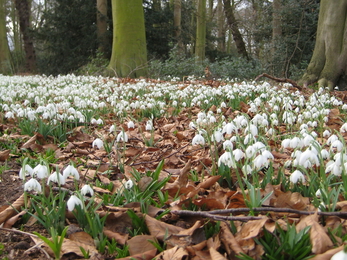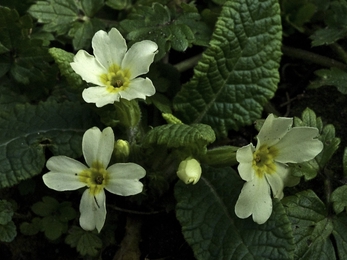As the season of ‘mists and mellow fruitfulness’ turns colder and the nights begin to draw in, the slow transition into winter begins. Although many may not like the shorter days and biting cold, I find winter is a great time of the year to catch glimpses of wildlife and nature’s beauty that perhaps is less visible or not present at other times of the year.
I particularly enjoy a woodland walk after the brisk autumnal winds have stripped the last flashes of colour from the trees, leaving the naked beauty of their forms laid bare to see. Entwined limb-like branches point fingers to the sky whilst nooks and crannies in older trees are exposed to view. These hidden nooks are often prized by birds and insects looking for refuge from the weather, as winter tightens its grip. When you get up close to these trees, you might just be rewarded with the sight of a small cluster of ladybirds nestling in the craggy hollows of the bark of lower trunks.
As with many other insects, ladybirds become dormant at this time of year and overwinter just about anywhere they can find shelter; whether that be a crack in a tree, under a window ledge at home, or even within the hollow ‘dead’ stems of plants such as hogweed. Why not be 'less tidy' with vegetation and garden clearance this winter, as it is important to remember to keep our insects happy all year round.


